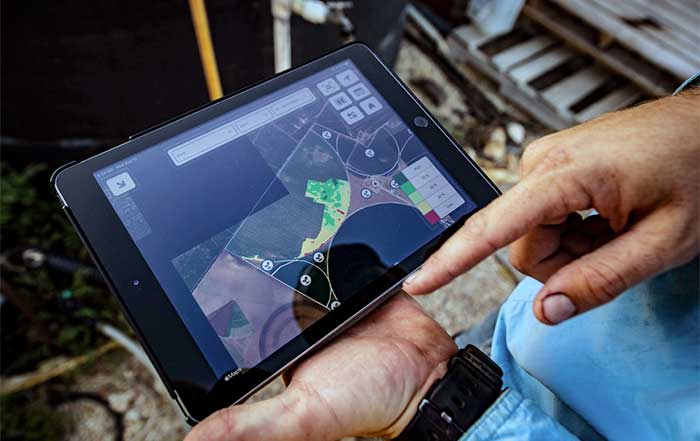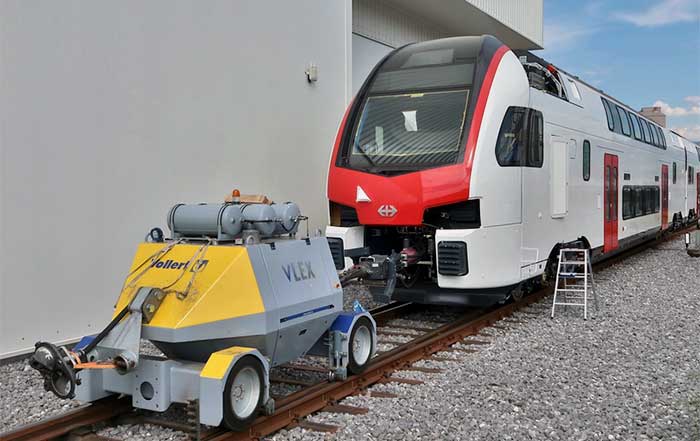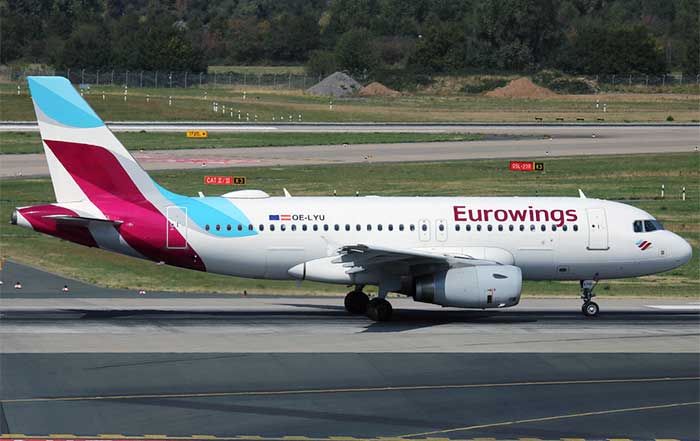The Europe smart farming market was valued at $3,993.7 million in 2022 and is expected to reach $8,420.6 million in 2027, following a CAGR of 16.09% during 2022-2027. The growth in the Europe Smart Farming Market is expected to be driven by increase in adoption of IoT and artificial intelligence, digitalization of agriculture operations, rise in dependence on advanced technologies to enhance production across the region.
Market Lifecycle Stage
The Smart Farming Market is in a growing phase owing to different advanced technologies in the market. As increase in adoption of automated machineries and equipment, sensors and navigation systems, robots, autonomous vehicles, guidance and steering systems, and others.
Sensors and guidance and steering systems are the most important hardware components used in the modern agriculture operations.
Impact
- Smart farming is about using the new technologies that emerged in agriculture and livestock at the beginning of the fourth industrial revolution to increase production volume and quality by making maximum use of resources and minimizing environmental impact. Also, the implementation of technology in agriculture and livestock will make it possible to improve food security around the world.
- The use of smart farming can assist farmers in reducing waste and increasing efficiency by integrating them into their operations. Trends such as increasing requirements for crop yield and increasing demand to combat climate change further contribute to the growth of the Europe smart farming market. Varying weather circumstances influence soil quality and crop yields. Therefore, farmers in Europe are adopting innovations and technologies that can optimize production costs and lessen the harmful effects of greenhouse gases, such as methane, on the environment.
- The use of smart farming technologies has positive impact of agriculture operations and livestock farming. These technologies offer benefits such as increased efficiency & productivity, water saving, reduced costs, pest detection and animal health, better sustainability, and others. In addition, smart farming helps farmers better understand the important factors such as water, topography, orientation, vegetation, and soil types.
The outbreak of COVID-19, followed by the European country's lockdown in 2020-2021, disrupted the function of the Europe smart farming market.It affected the production process and supply chain networks and resulted in losses for the manufacturers in the Europe smart farming market.
The unavailability of labour and lack of raw materials such as sensors, semiconductors, and other components were the key factors that limited production. However, production activities gradually started by the end of 2020 as the governments of different countries provided some relief from the lockdown.
Market Segmentation:
Segmentation 1: by Application
Precision Farming
Livestock Monitoring & Management
Aquaculture
Others
The Europe Smart Farming Market in the application segment is expected to be dominated by precision farming applications.Rise in use of precision farming applications such as precision irrigation, yield monitoring & forecasting, precision spraying, precision planting, and others are expected to drive the growth of this segment in the region.
This is followed by the livestock monitoring and management segment which accounts for the second-largest share in the smart farming market due to increase in awareness and demand towards tracking and monitoring of health of livestock across the Europe.
Hardware
Software
Services
The hardware segment is estimated to capture highest market share during the period 2022 to 2027.The hardware equipment is increasingly used in the various farming operations.
In addition, the increasing adoption of intelligent or autonomous vehicles integrated with sensors and navigation systems, computer vision is expected to drive the growth of the smart farming market in the region. Moreover, increase in penetration of integrated hardware and software technologies are expected to increase the production and efficiency of farms which in turn is projected to drive the market growth in the coming years.
Segmentation 3: by Country
Europe - U.K., Germany, France, Italy, Spain, Netherlands, Ukraine, Sweden, Finland, Norway, Denmark, Poland, Czech Republic, and Rest-of-Europe
U.K. generated the highest revenue of $540.2 million in 2021. The country is experiencing an increase in adoption of smart farming technologies such as autonomous vehicles, software systems, and other automation and control systems. In addition, increase adoption of digital technologies for modern farm machineries in efficient crop production in the country along with rise in popularity of indoor farming owing to urbanization. Germany registered the 2nd highest revenue in the Europe smart farming market.
- In October 2022, Trimble Inc. launched new agriculture displays, such as Trimble GFX-1060 and GFX-1260, for precision agriculture applications. These displays provide next-generation performance and connectivity for in-field operations.
- In January 2022, Hexagon Agriculture launched a new technology named HxGN AgrOn planting assistant. This new technology is aimed at improving accuracy in shovel planting. This item can also be adopted by other types of crops, such as palm oil, coffee, banana, and citrus.
- In June 2022, BASF acquired Horta S.r.l., an Italian company specialized in digital farming solutions. Horta is an established player for the development of highly innovative agronomic Decision Support Systems (DSS) for crops such as grapes, tomatoes, cereals and olives.
- In August 2022, CropX inc. launched a continuous nitrogen leaching monitoring capability for its farm management system. This new development would track the nitrogen movement and salts in the soil.




